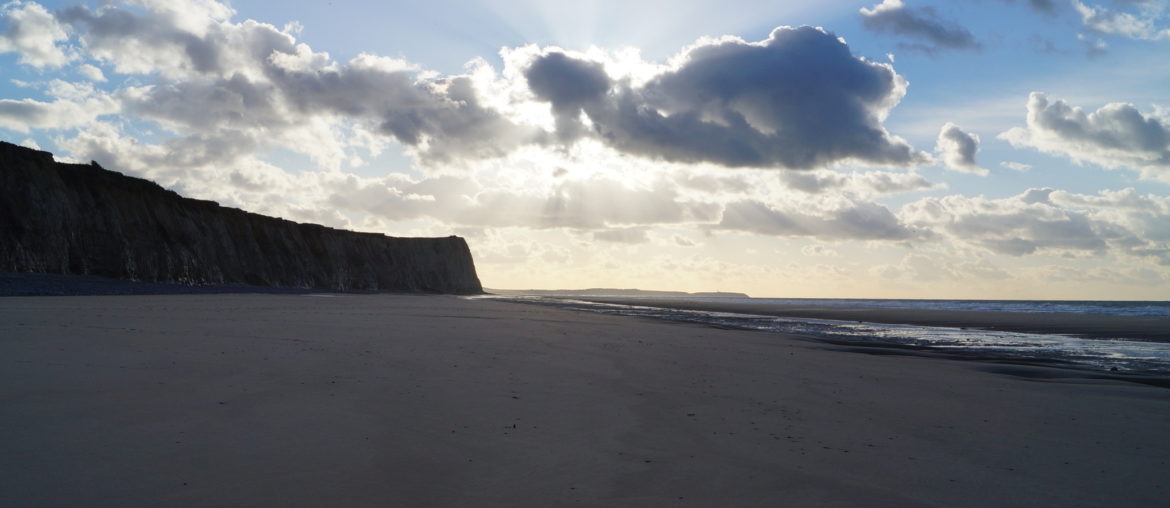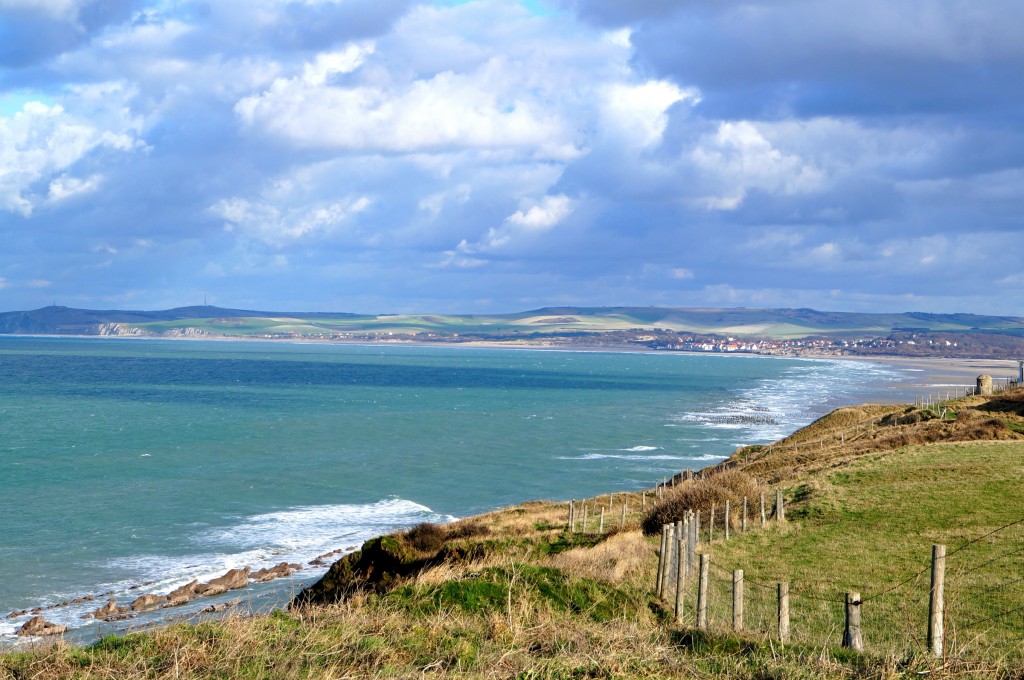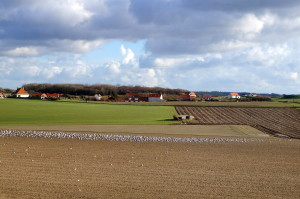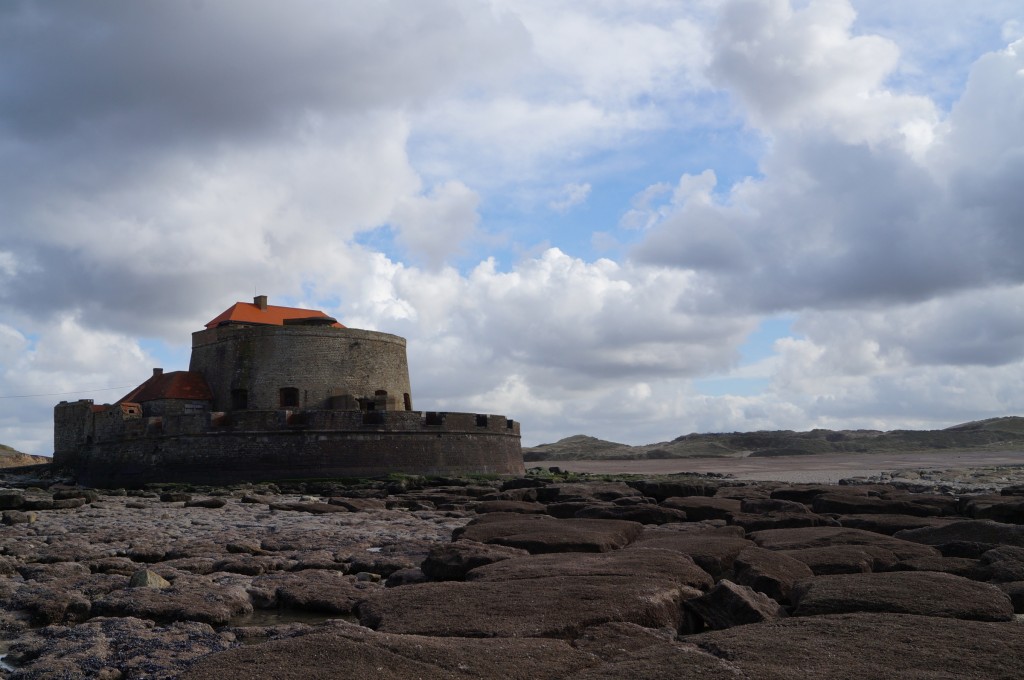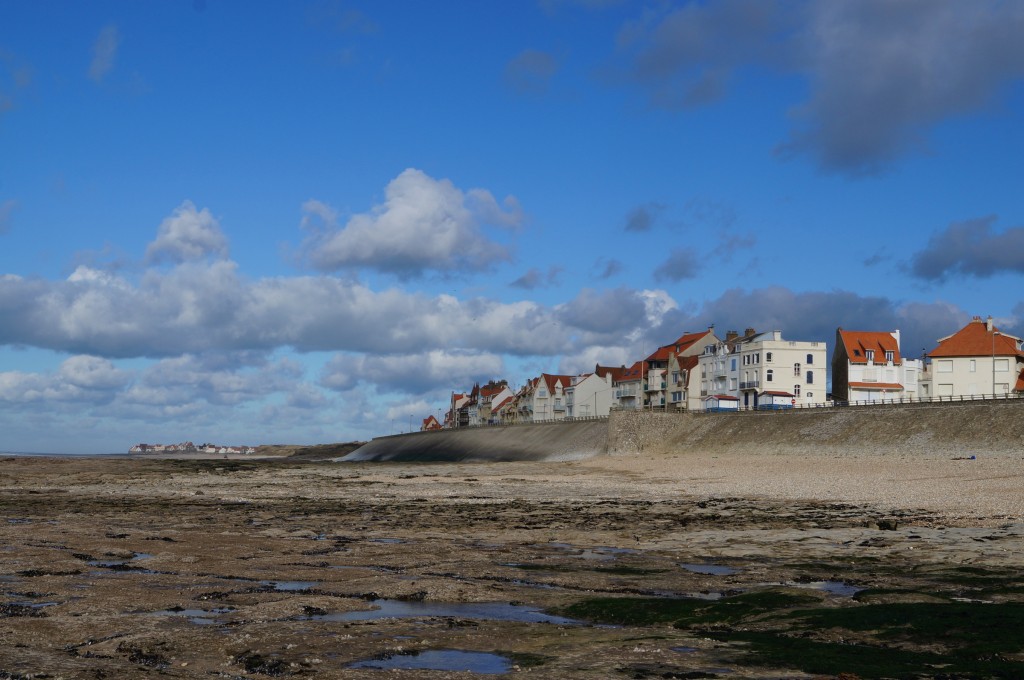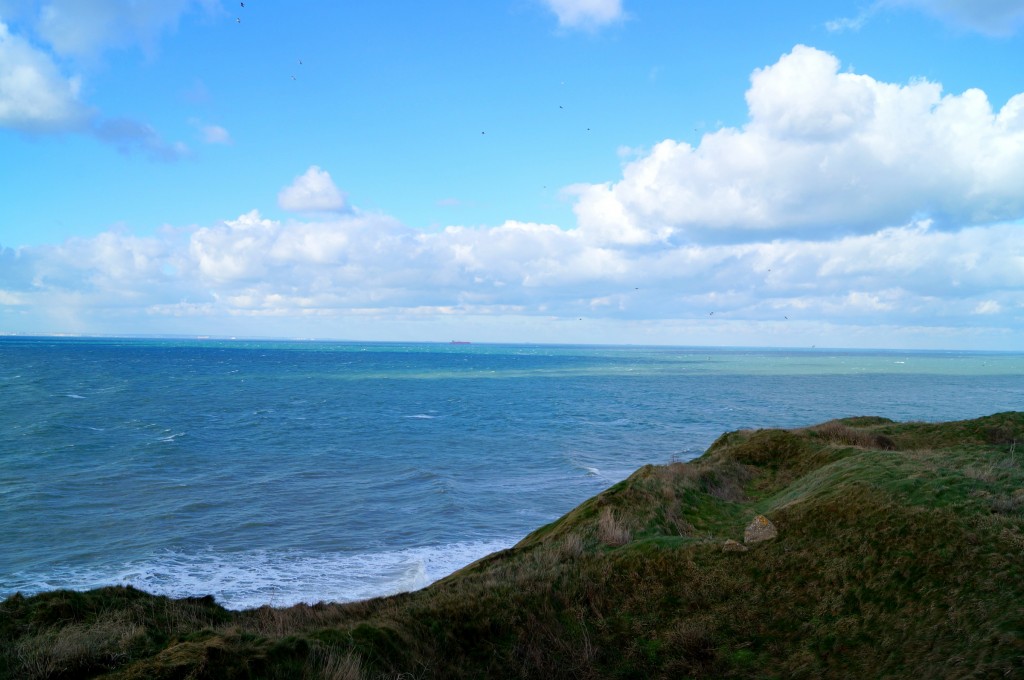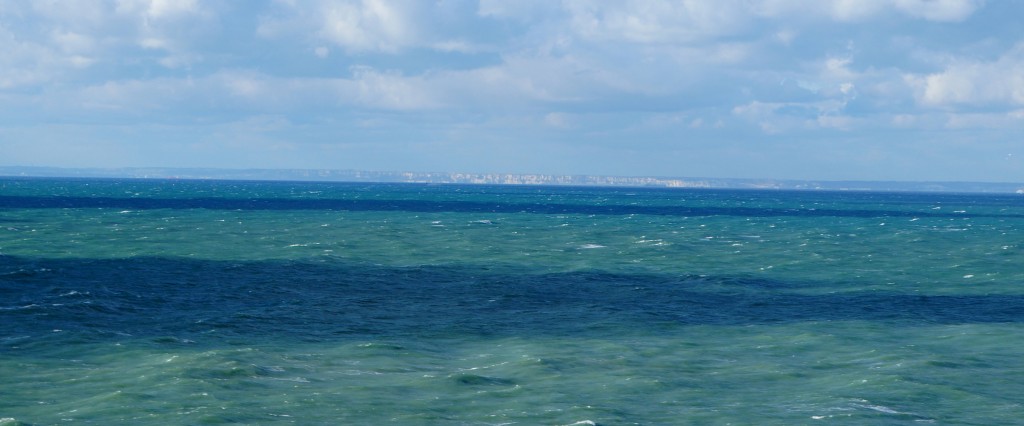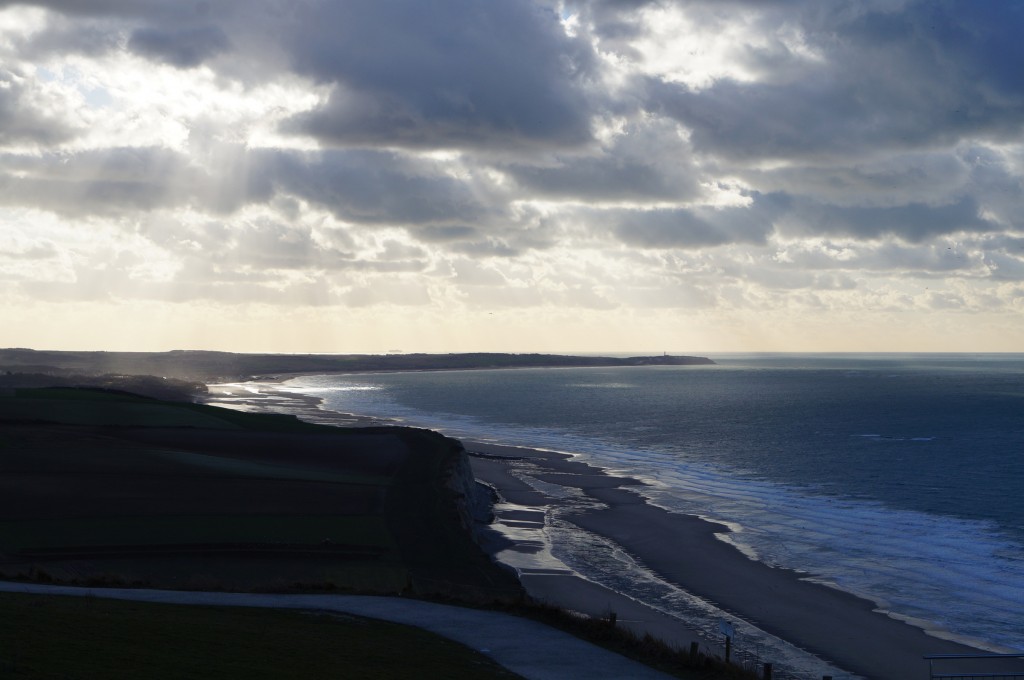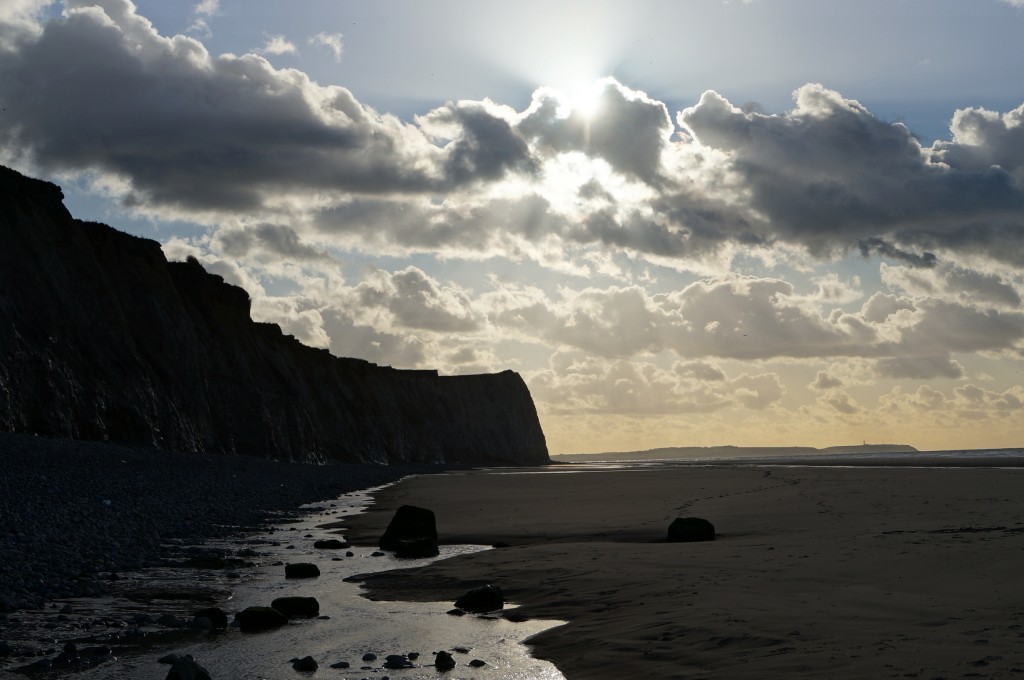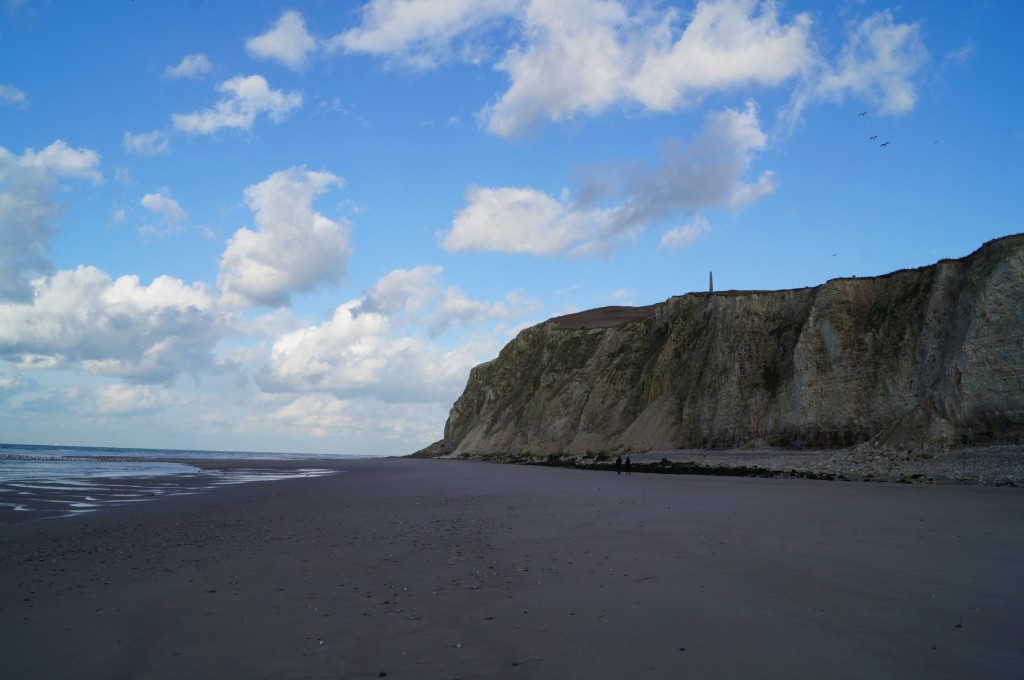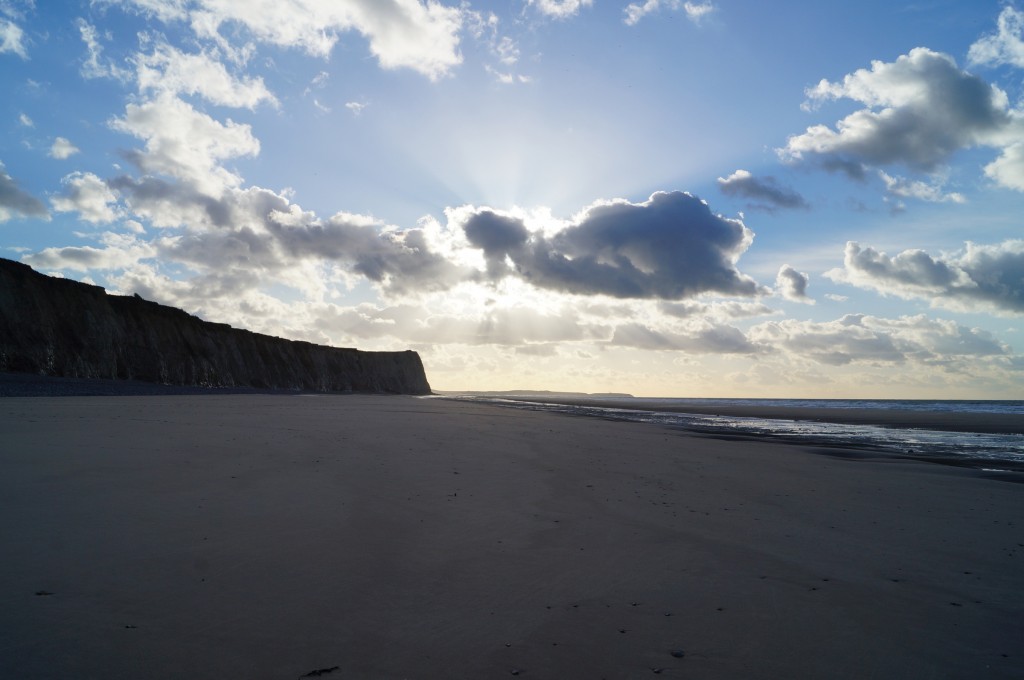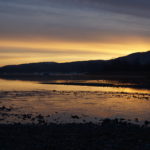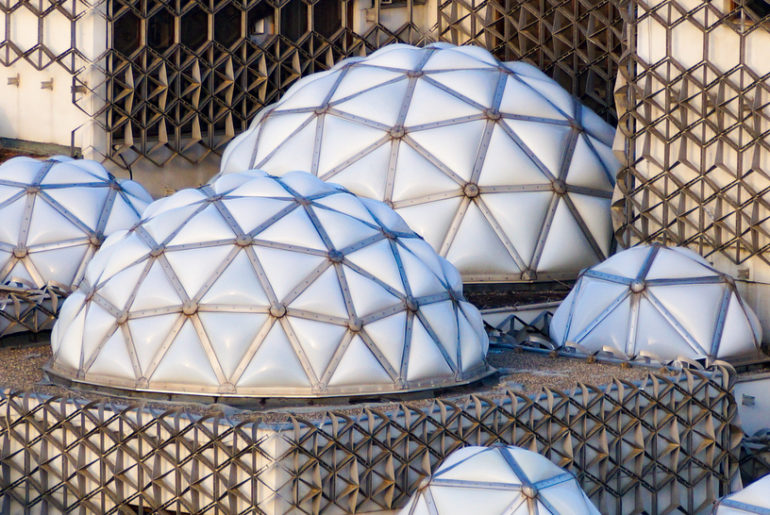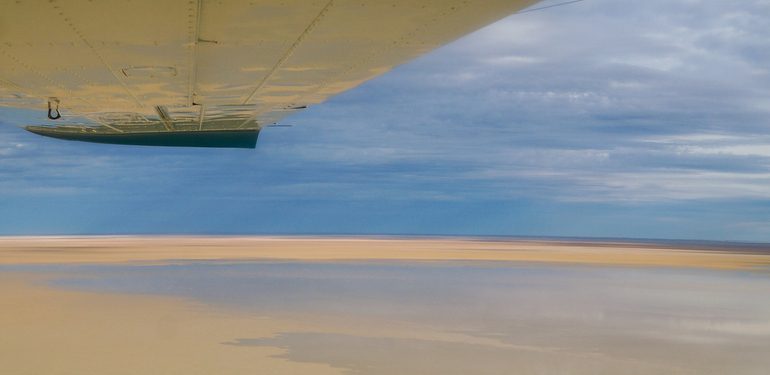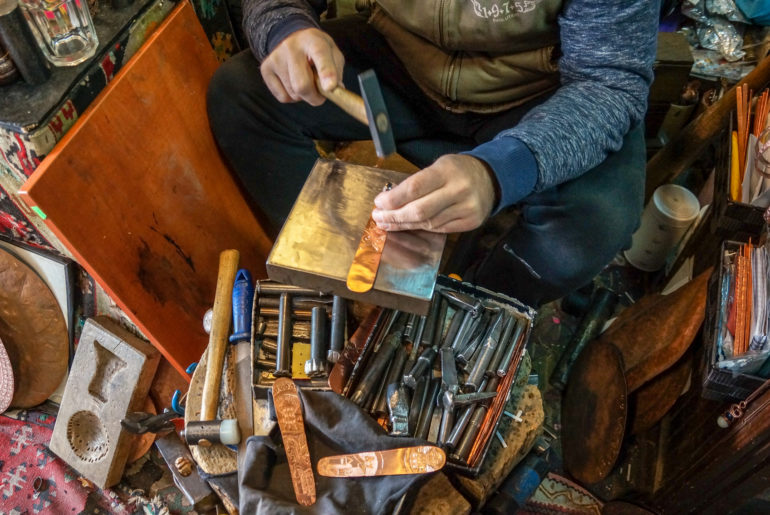The coast of northern France is a sight seen by so few visitors to the country. I’m reluctant to use the expression “hidden gem” because the size of the car parks at Cap Gris Nez and Cap Nez Blanc suggest this area sees plenty of traffic. Just not on this windy Tuesday in February.
I’m in the “other” end of France. Perhaps also the forgotten end.
It’s rarely a destination, despite the enticing name The Opal Coast (Côte d’Opale). Visitors pass through headed for Calais and the tunnel to England, or Belgium or the Eurostar station at Lille. It doesn’t have the beauty of the south. There are no sunflowers or impressive mountain ranges. The landscape is flat but for some rises near the coast. The coal hills, factories and muddy farms give the impression this is where the work happens.
Empty coastal hamlets
This area has an eventful history, mostly because of its proximity to England. On the shore at the seaside hamlet of Ambleteuse stands a 17th century fort. Fort Mahon is the only remaining coastal fort in France. There were others – two were built by Henry VIII of England in 1546as a bit of an “in your face” to the French powers. They only lasted three years. Napolean even considered the seaside hamlet of Ambleteuse as a possible base for an attack on England, before he abandoned his plans. Remains of the harbour he built can be seen in the estuary.
The village is made up of holiday homes. It’s the type of place where the properties are known by name, not number. In summer, this place must be so full of life, but in winter it’s a ghost town. Just one cafe is open.
Down the road at Wimereux there are more signs of life, but the beach and promenade are practically bare. The beach-facing holiday apartments are boarded up and the frite vans (known in the local dialect as baraque a frites) are in hiding, except for one in a car park that shuts not long after we buy our lunch. In the warmer months this place crawls with visitors, but I think I prefer it like this.
Grand Site des Deux Caps
Despite a weather forecast that nearly had us heading for museums, we got lucky. The ocean was particularly blue – unusual for this time of year, as was the view we had. From Cap Gris Nez, England is a mere 34 kilometres away and I could see it. The White Cliffs of Dover lined the horizon. The clay and sandstone cliffs of Cap Griz Nez, at Audinghen, are the closest point between the two countries and the site of a lighthouse and the maritime surveillance centre that keeps watch over the Channel.
From here Cap Blanc Nez can be seen in the distance, identified by the huge obelisk at the top, commemorating the Dover Patrol. It’s about 17km away, just passed the town of Escalles. On the drive to Cap Nez Blanc we see one hotel still advertising its tariff in Francs.
The cliffs and sand stretch out to the west, drawing the eye to the lighthouse at Cap Gris Nez. To the east lies the port town of Sangatte. Sangatte has a few claims to fame, but Top Gear fans will know it as the place Jeremy, Richard and James landed at when crossing the channel. They were aiming for Calais, another 8km along the coast.
A camping ground just below the Cap gives another indication of the crowds that come here when the weather is more favourable. From there it’s possible to walk from Cap Blanc Nez down to the sand and see the chalk cliffs from the bottom.
There are no cafes. No chairs and tables facing the street. No overpriced espressos. No sunflowers. No hay bales. No vineyards. It’s not the France I thought I knew. I love it.

